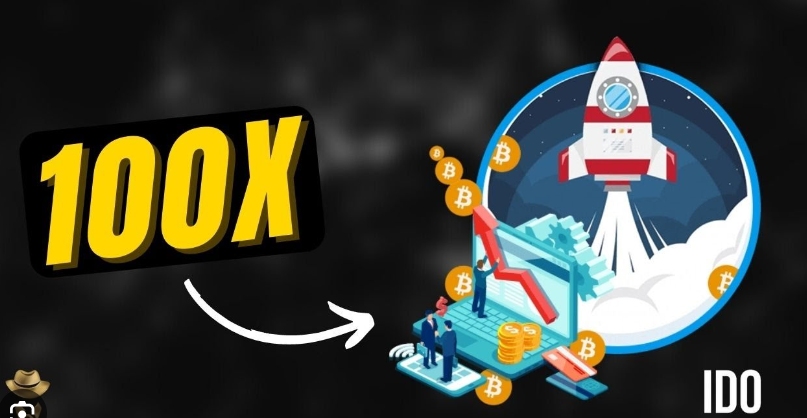In-depth Interpretation of Bounce Finance: The Bitcoin Ecosystem IDO Platform Riding the Wind
Author: Daniel Li, CoinVoice
In today's cryptocurrency space, the Ordinals ecosystem project is becoming a focal point of attention. Its wealth effect has gradually formed a consensus, attracting more and more investors and developers to focus on the Bitcoin Ordinals ecosystem. In addition to the highly anticipated new protocols, public attention has also begun to shift towards IDO platforms that incubate and participate in the early development of these projects.
Recently, as a popular IDO platform in the Bitcoin ecosystem, Bounce Finance (hereinafter referred to as Bounce) successfully launched two projects: MultiBit (MUBI) and BitStable (BSSB), both of which achieved significant success. The BSSB token once surged over 45 times, while MUBI saw an increase of 1140% shortly after its launch. At the same time, Bounce's own token, Auction, which participated in the IDOs of these two projects, also gained over 50% in daily growth.
Bounce tweeted that it is fully committed to nurturing the BTC ecosystem and will focus on providing incubation and auction support for BTC ecosystem projects in the future. As Bitcoin inscriptions continue to heat up, Bounce's visibility is also increasing day by day. More new projects are expected to complete IDOs through Bounce, which will play a crucial role in shaping the future of the Bitcoin ecosystem.
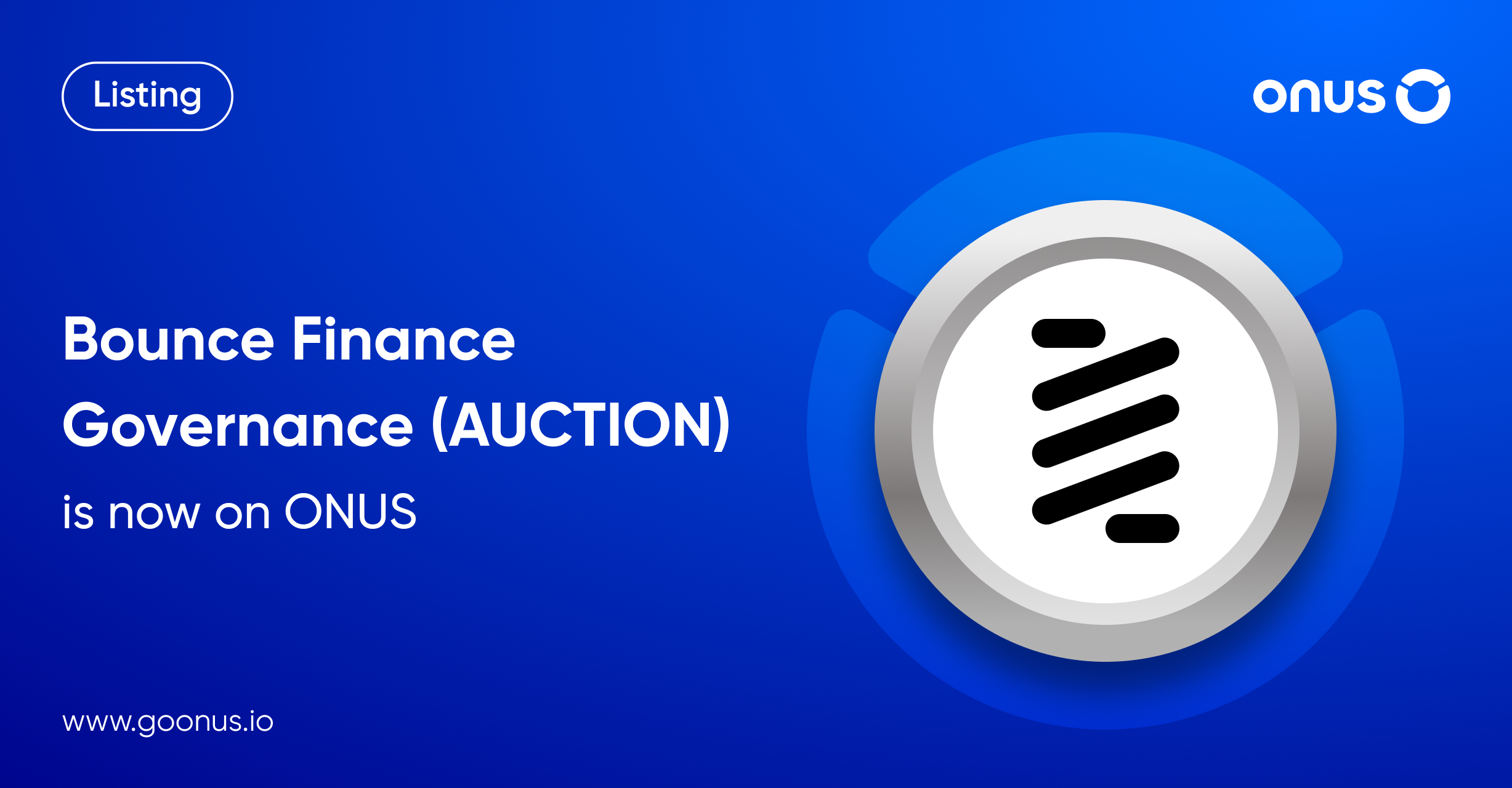
Bounce Finance: The Rising IDO Platform
Bounce is a decentralized auction protocol for token swaps. The protocol was launched in July 2020 and created by Chandler Song, the founder of Ankr. Bounce's investors include institutions such as ParaFi Capital and Blockchain Capital, as well as industry figures like Kain Warwick, the founder of Synthetix, and Stani Kulechov, the founder of Aave. In October 2020, Bounce was selected as one of the second batch of seed fund projects funded by the Binance Smart Chain, thus Bounce is also considered a sub-project of Binance.
Currently, Binance is lagging behind OKX in the Web3 wallet and Bitcoin ecosystem, resulting in traffic being seized by OKX in the recent market trends. As the world's largest centralized exchange, Binance is clearly not satisfied with this situation. Therefore, from Ankr to Bounce, and to the recent rise of BSSB and MUBI, it showcases Binance's strategic layout in the Bitcoin ecosystem. Bounce serves as Binance's new platform in the Bitcoin ecosystem, while MUBI acts as a cross-chain bridge connecting the Bitcoin ecosystem, and BSSB plays the role of MakerDAO within the Bitcoin ecosystem. The recent popularity of Bounce also highlights Binance's ambitions in the Bitcoin ecosystem. For Bounce, this is also a tremendous development opportunity.
Bounce's auction mechanism integrates liquidity mining, decentralized governance, and staking mechanisms. Bounce aims to enhance the speed and efficiency of auctions within the DeFi ecosystem, allowing users to build, design, collect, and trade various assets, tokens, and NFTs across different chains. The primary principle of Bounce is the scarcity of resources, which creates a competitive exchange environment. Bounce provides a fair competitive environment for limited supply tokens or NFTs and other assets.
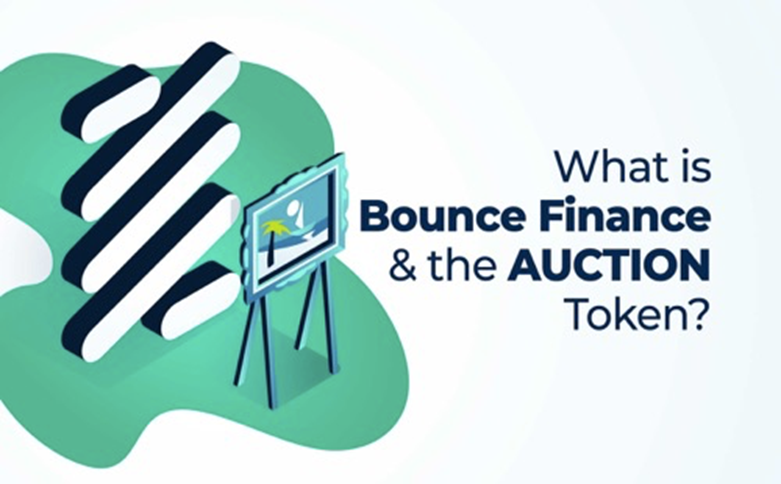
Development History of Bounce
Founding and Early Development Stage (2020):
Bounce was created in 2020 by a group of cryptocurrency and blockchain technology enthusiasts. Their goal was to build a decentralized auction platform that allows users to buy and sell digital assets in a fair and transparent manner. During this initial stage, the team focused on product development and community building.
Bounce V1 (2020): In 2020, Bounce launched its first official version, Bounce V1. This version introduced blockchain-based auction features, allowing users to purchase cryptocurrencies and digital assets through bidding in auction events. This version attracted attention from the cryptocurrency community and gained a certain user base.
Bounce V2 and IDO (2021):
With the success of Bounce V1, Bounce launched its second version, Bounce V2, in 2021. This version introduced the Initial Decentralized Offering (IDO) feature, allowing project teams to issue tokens and conduct crowdfunding activities on the Bounce platform. This feature provided emerging projects with a fair financing opportunity and allowed investors to participate in projects at an earlier stage.
Bounce V3 and Innovative Features (2023): In February 2023, Bounce V3 was officially launched, significantly reforming the original auction methods by introducing Auction as a Service (AaaS) and adding an innovative regret function for fixed swap auctions, allowing participants to withdraw bids at any time during the auction process. Additionally, Bounce plans to launch a new auction mechanism that generates profits for participants during the auction process and to introduce a physical collectibles market, allowing projects to create their own brand stores on the Bounce platform to sell physical collectibles, including clothing, accessories, luxury goods, etc. Bounce focuses on providing incubation and auction support for BTC ecosystem projects (November 2023). In the fourth quarter of 2023, with the popularity of Bitcoin inscriptions, more new projects are preparing to launch IDOs, and the successful IDOs of MultiBit (MUBI) and BitStable (BSSB) on Bounce have generated significant interest in Bounce as an auction protocol-based IDO platform, with Bounce's token AUCTION rising over 115% in the past week. Meanwhile, Bounce's official Twitter also stated that the platform will focus on providing incubation and auction support for BTC ecosystem projects in the future.
Bounce's auction mechanisms include the following:
Fixed Price Auction: A fixed price auction is a type of auction where the price of the auctioned asset is predetermined and agreed upon by the auctioneer and participants. This type of auction is typically used when the auctioneer has a specific value target for the asset being sold.
English Auction: In an English auction, the auctioneer starts at a lower price and gradually raises the price until bidders are willing to pay the highest amount. The auction usually has a set end time, at which point the highest bidder wins the auction.
Dutch Auction: A Dutch auction (also known as a descending price auction) is a type of auction where the auctioneer starts at a very high price and gradually lowers the price until someone bids. The first bid wins the auction (assuming the price is above the reserve price), avoiding any bidding wars.
Sealed Bid Auction: Bounce offers sealed bid auctions on the blockchain, which differ from traditional sealed bid auctions. The final results of the sealed bid auction are revealed when the pool time runs out. The smart contract automatically fills bid orders from the highest bidding ratio downwards until all tokens in the pool are sold.
Random Selection Auction: The Bounce random selection auction is a mechanism where the highest bid does not win the auction; instead, a winner is randomly determined like a lottery. This type of auction is typically used when the items being sold are very popular and there are many bidders willing to pay high prices.
On-chain Order Book Auction: An on-chain order book auction is an auction conducted on a blockchain platform where buyers and sellers place orders to buy or sell specific assets, and these orders are matched according to specific criteria.
Bounce Finance: The Incubation Engine of the Bitcoin Ecosystem
Bounce is the incubation engine of the Bitcoin ecosystem, playing a key role in supporting the incubation and auction of Bitcoin ecosystem projects. As an IDO platform based on auction protocols, Bounce provides a secure, transparent, and fair competitive environment for project teams, promoting early development of projects.
Inspired by the issues faced by ICO platforms like Coinlist, Bounce is dedicated to addressing the challenges in the ICO investment space. In the past, ICO platforms faced issues such as difficulty in discerning project quality, fraud, and illegal fundraising, while government agencies imposed strict KYC regulations on investors. However, the emergence of DEX has provided hope for solving these problems.
Bounce focuses on decentralized trading markets and conducts transactions through auctions, differing from decentralized exchanges like Uniswap. Through purely decentralized design and semi-open source code, Bounce does not require KYC implementation, and all auction data is conducted on the blockchain, making it publicly transparent and verifiable. This resolves the KYC challenges previously faced by centralized crowdfunding platforms, as well as issues of opaque fundraising and potential misconduct.
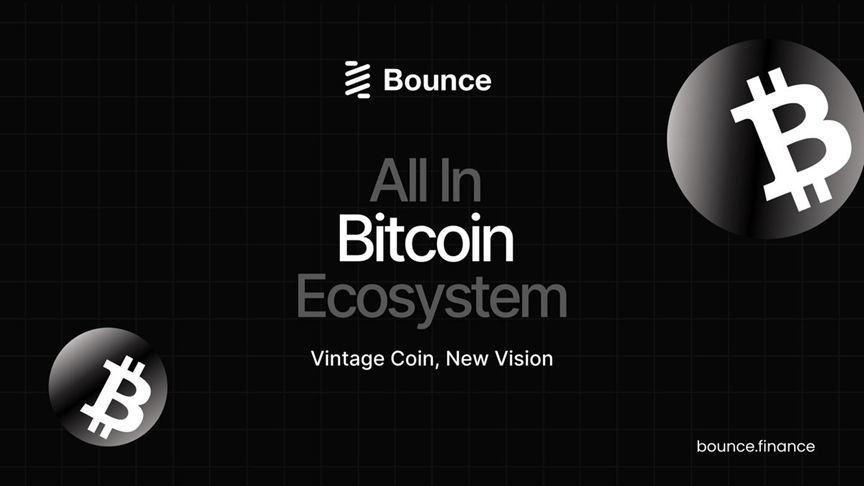
Advantages of Bounce's IDO:
First, Bounce provides a fair venue for the Initial Decentralized Offering (IDO) of projects through its powerful auction mechanism. Project teams can utilize Bounce's platform to showcase their vision, technical features, and development roadmap, attracting investors from around the world. This open and transparent issuance method allows investors to participate in projects earlier, sharing in the growth and success of the project.
Second, Bounce's auction functionality brings new opportunities for the development of Bitcoin ecosystem projects. By issuing tokens or NFTs through auctions, Bounce provides investors with fair, transparent, and competitive participation opportunities. Investors can bid according to their willingness to acquire the project's tokens or NFTs. This auction model stimulates investor interest and participation enthusiasm, laying a solid foundation for the project's success.
Additionally, Bounce offers customizable options, allowing project teams to set parameters according to their needs. This flexibility enables each project to establish auction rules, participation conditions, token issuance amounts, etc., based on its characteristics and development goals. Bounce's incubation engine provides personalized support for the successful development of projects, further enhancing their sustainability and competitiveness.
With Bounce's support, Bitcoin ecosystem projects can advance their development in a secure, transparent, and fair competitive environment, attracting a large number of investors and community participants. At the same time, investors can gain more investment opportunities and participate in the construction of the Bitcoin ecosystem. As the incubation engine of the Bitcoin ecosystem, Bounce provides strong support for the success of projects and will continue to play an important role in the development of the Bitcoin ecosystem.
Popular Ecosystem Tokens of Bounce Finance
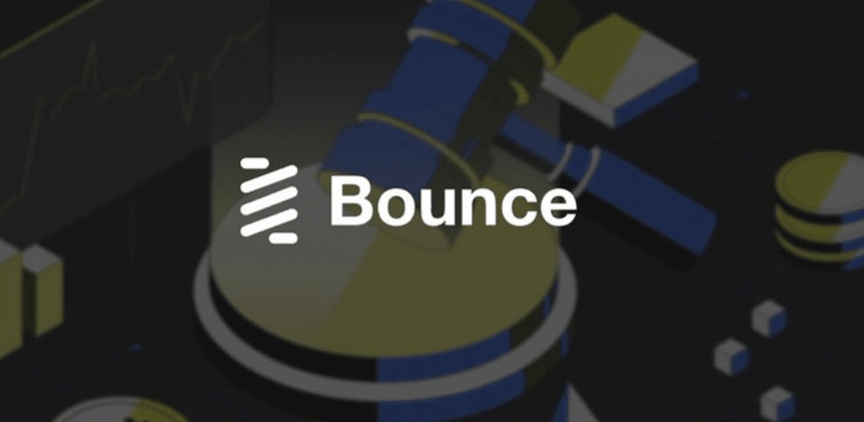
$MUBI
MultiBit is a bi-directional bridge designed to facilitate cross-network transfers between BRC 20 and ERC 20 tokens, enhancing liquidity and cross-chain interoperability. Users first transfer BRC 20 tokens to a dedicated BRC 20 address. From there, these tokens can be minted on EVM networks. The innovation of MultiBit lies in its bi-directional bridging functionality, making it easy to transfer tokens between EVM networks and the Bitcoin ecosystem.
MUBI is the BRC-20 token based on the Bitcoin blockchain of the bi-directional bridging platform Multibit, which completed its IDO through Bounce on November 14. The MUBI token surged 1140% shortly after its launch, and its current trading price is $0.288, having increased over 5339% since its inception.
$BSSB
BitStable is a decentralized asset protocol based on the Bitcoin network that allows users to generate collateralized assets related to the Bitcoin ecosystem, specifically the $DAII stablecoin, on a global scale. The platform employs a dual-token system, primarily consisting of $DAII and $BSSB, while also supporting cross-chain operations, enhancing compatibility with other blockchain networks.
BSSB is the governance token of BitStable, which the community uses to maintain the system and manage DAII. BitStable also incentivizes BSSB holders through dividends and other measures. The total supply of BSSB is 21 million tokens, of which 50% is publicly sold in this Bounce IDO, the team will hold 5% of BSSB (with a 6-month lock-up and 15-month linear unlock), airdrop allocations will account for 3.5%, staking rewards will account for 36.5%, and LP will account for 5% (locked indefinitely). Since the IDO on November 29, BSSB's price has increased nearly 700%.
$BDID
GoDlD is the first market aggregator focused on all categories of DID, with its core functions including bulk search, registration, trading, and management of DIDs. GoDID currently serves users of ENS, Space ID, and Bitcoin Ordinals. In the future, GoDID's service scope will cover the entire industry chain of the DID track, including educational outreach, community building, bulk registration, custody auctions, tools (such as investment tools, airdrop tools, cross-chain management tools, etc.), technology and underlying protocol development, and high-quality project investment incubation.
BDID is the native token of GoDlD, with specific utility yet to be disclosed. The total supply of BDID is 500 million tokens, of which 80% is allocated for fair launch and user growth, the team holds 5% (with a 6-month lock-up and 12-month linear unlock), airdrop mining accounts for 5%, and liquidity accounts for 10%. GoDlD will complete its IDO on Bounce from December 15 to December 17, with the current BDID price at $0.06.








